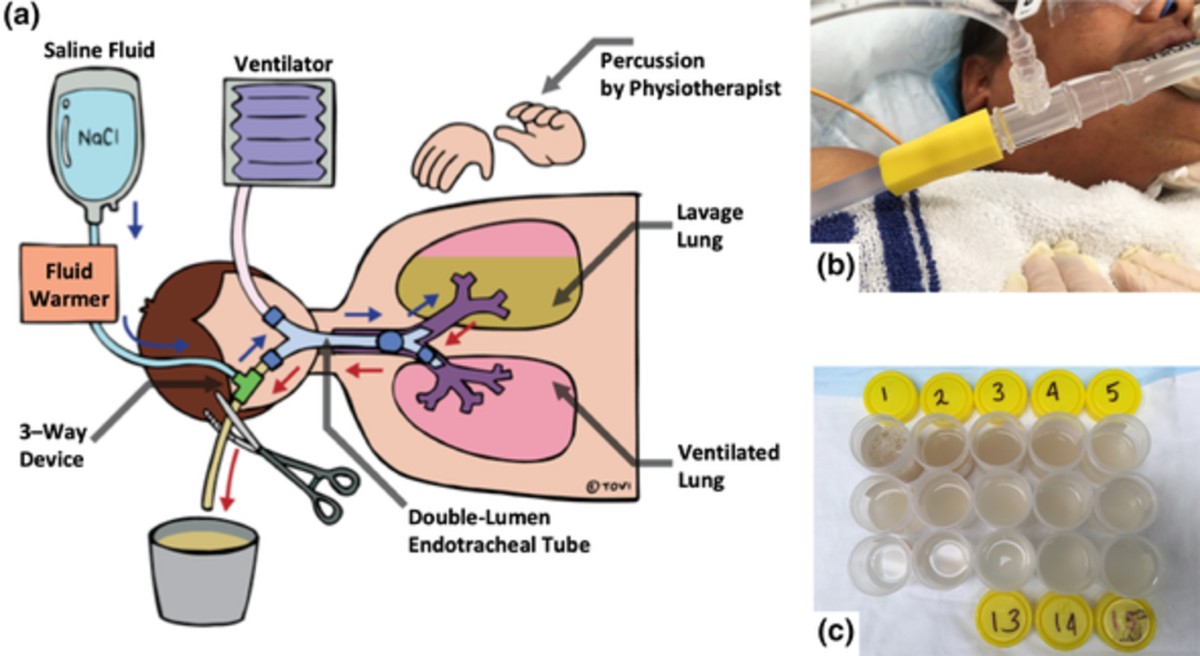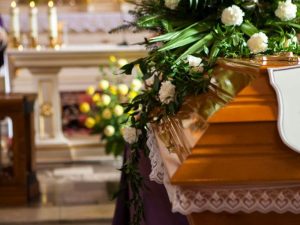In a stark illustration of the potential dangers associated with electronic cigarettes or vaporisers, a former vape addict in Singapore required an uncommon medical procedure known as whole lung lavage not once, but twice after developing a rare lung condition.
Doctors at Singapore General Hospital (SGH), the only hospital in Singapore to perform the whole lung lavage procedure, suspect the condition may be linked to his vaping habit.
A Hard Road to Recovery
The patient, referred to as Daniel, underwent the rigorous lung-washing process in both 2020 and 2021. The process was necessitated by a relapse, where he returned to smoking and vaping after his initial recovery. This procedure, only performed three times in the last eight years in Singapore, was a challenging experience for Daniel. “My whole body was aching for four or five days after the procedure,” he recalls.
A Failed Attempt to Quit Smoking
Daniel’s encounter with vaping began as an attempt to quit his 15-year-old smoking habit. Motivated by his newlywed wife and financial considerations, he turned to e-cigarettes as a purportedly cheaper and more effective method of quitting, as suggested by online resources. However, the attempt backfired. Instead of curbing his nicotine cravings, he ended up smoking and vaping simultaneously, leading to health complications including dry coughs and body aches.
The Rare Condition: Pulmonary Alveolar Proteinosis
Merely two months after his first puff from an e-cigarette, Daniel was diagnosed with pulmonary alveolar proteinosis, a rare disease that results in the buildup of excess protein, fats, and other substances in the lungs’ air sacs. The condition can lead to breathing difficulties, potentially escalating to fatal respiratory failure or secondary infections. Dr Melvin Tay from SGH suggests that it was “highly probable” that vaping played a role in Daniel’s diagnosis.
Whole Lung Lavage: A Glimpse into the Procedure
The whole lung lavage procedure, Daniel’s treatment method, is akin to washing the lungs, according to Dr Tay. The process involves feeding warm saline into one lung and shaking the body to dislodge the built-up substances. As the ventilator pumps air into the other lung, the substances mix with the saline solution, turning it milky. The procedure continues until the fluid becomes clear, taking three to four hours on average.
The Relapse and Second Treatment
Sadly, Daniel started smoking and vaping again merely eight weeks after leaving the hospital. By December 2020, he was back in SGH. His body’s immune system seemed to be attacking itself, possibly triggered by vaping. After undergoing another round of the lung-washing procedure in January 2021, Daniel has managed to abstain from smoking or vaping for over two years. He admits to still fighting the urge to smoke but has replaced the habit with eating desserts or sweets, supported by his wife.
Vaping: A Potential Health Hazard
Daniel’s harrowing experience brings to light the potential risks associated with vaping. His case echoes the 2019 e-cigarette or vaping product use-associated lung injury (Evali) epidemic in the United States. Dr. Tay warned that Daniel might be susceptible to lung injury again if he resumes smoking or vaping in the future. As vaping becomes increasingly popular, particularly among young people, it’s crucial to fully understand the associated health risks and convey them to the public.
Photo credit: Onlinelibrary.wiley.com













